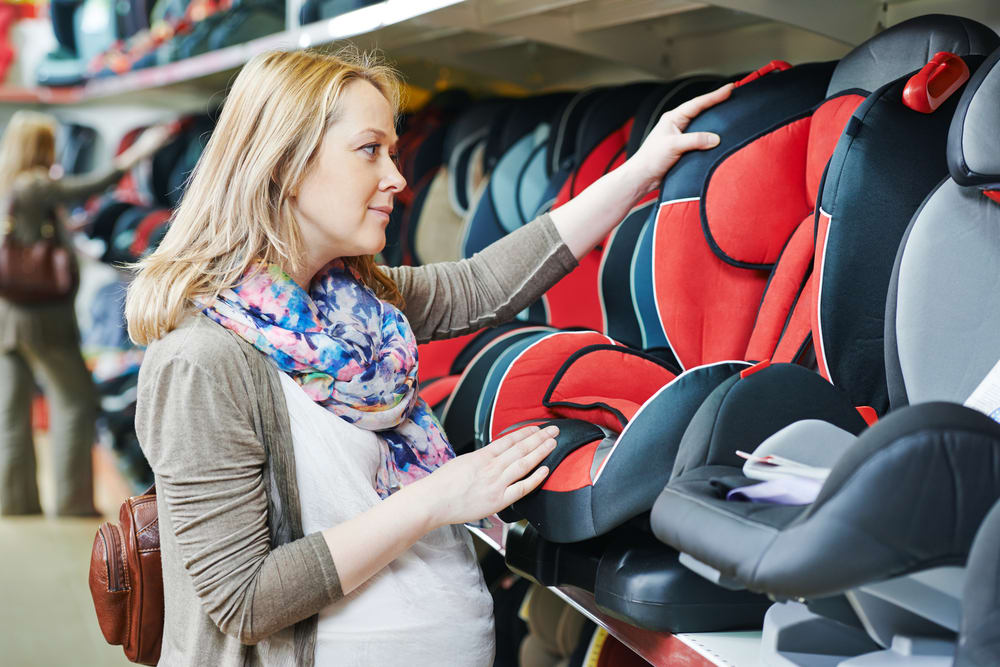

If you spend enough time studying crash test data, or walking up and down store aisles looking for the perfect car seat, you’ll discover that after a while they all look alike.
Although the seats may all look the same, they’re not. The seat that’s right for you is one that:
- Is age, weight, and size appropriate for your child
- Fits in the backseat of your car(s)
- Can be installed and uninstalled easily
There are three main categories of car safety seats:
- Rear-facing infant seats
- Front-facing car seats
- Boosters
There are also convertible seats which start out as rear-facing seats then convert to front-facing ones.
A child’s first car seat will be a rear-facing infant seat. Some rear-facing car seats function only as a seat, and are meant to stay in the car at all times. But some seat manufacturers also make rear-facing seats that double as an infant carrier.
Many infant carriers can accommodate babies up to 30 pounds, which means you can extend the life of your first car seat a little longer. However, these dual use safety seats can get heavy so buyers beware.
Your child should ride in his rear-facing infant car seat until his head is even with the top of the seat. At that point he’s ready to graduate to a convertible car seat. A convertible seat is bigger than an infant seat while still allowing a child to ride facing the rear, which is recommended until he’s at least 2-years-old (or until he meets the forward facing guidelines outlined by the manufacturer). The longer a baby can ride facing the rear the better.
Once the criteria for rear facing vs. front facing have been met, you flip the convertible seat so it faces forward, and your child is ready to see the road as you do.
When your child reaches 4 or 5 years old he’s likely ready to graduate from the convertible seat to a booster. A booster seat is similar to those used in restaurants. It boosts a child’s height so that the seatbelt fits snugly along the upper thigh, and across the upper shoulder. If you notice that the belt cuts across or pinches your child’s neck, he’s probably not quite ready for a booster seat.
It’s not uncommon to have a child ride on a booster seat until he’s 11 or 12 years old. States have their own guidelines that outline when kids can ride booster seat free, but the general rule of thumb is they can be set free when they reach 4’9” (57”).
Regardless of which chair you’re using (infant, convertible or booster), or how old your child is, it’s best to have them always ride in the backseat for maximum safety.
Additionally, when buying a car seat, try to work with a knowledgeable salesperson that will take the time to explain the differences between the makes and models. He should be willing check out your car to make sure the seat that you’re considering will fit. And a super salesperson? Well, he should help you with installation.
If you need a little extra help adjusting your car seat you can stop by any police station, fire station, or hospital for assistance.



